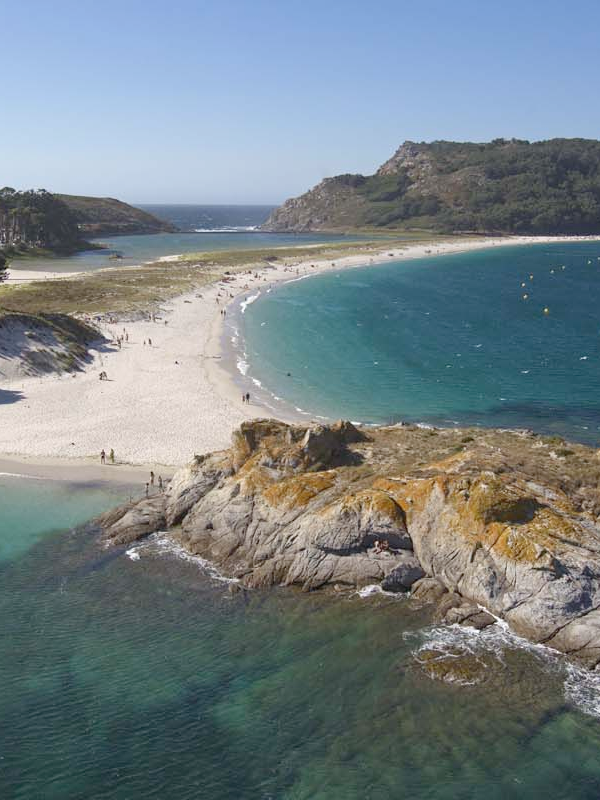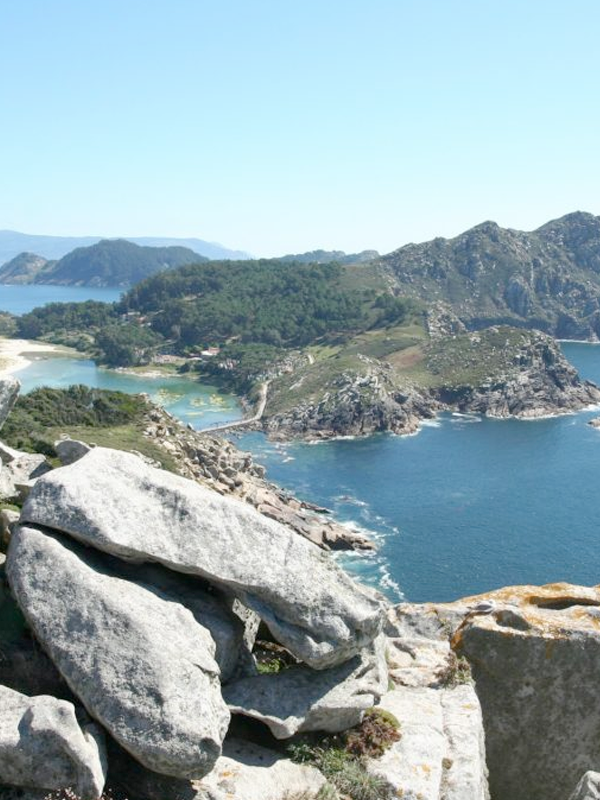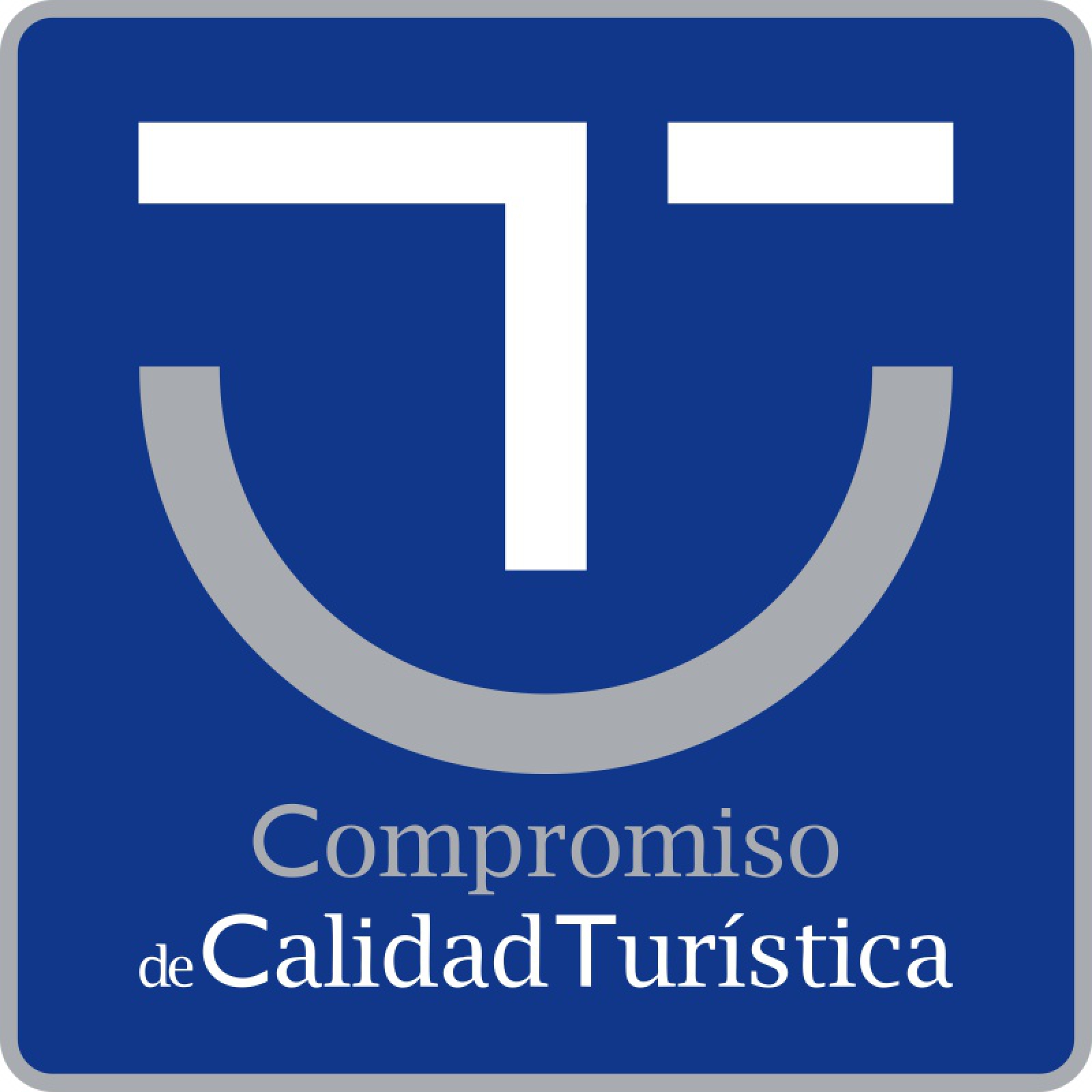NATURE
Protected Natural Area, Mediterranean Climate, Endemic Terrestrial Flora…
» Protected Natural Area
Currently the archipelago is completely uninhabited. It is a natural paradise with virgin beaches, dune systems and pure nature, totally disconnected from the madding crowd, the only access is by boat.
In 1980, the Cíes Islands were declared a Natural Park with the aim of preserving, conserving and regenerating this natural space, promoting its knowledge and making possible a public use compatible with the conservation of nature.
Later, in 2002, the Terrestrial Maritime National Park of the Atlantic Islands of Galicia was created, made up of a group of archipelagos, islands and islets that are Cíes, Ons Island, Sálvora and Cortegada.
National parks are natural areas little transformed by human action that, based on their scenic, geological interest, their ecosystems or the uniqueness of their flora and fauna, possess aesthetic, ecological, educational or scientific values for which they deserve special protection. In the Cíes Islands, therefore, all activities that alter or endanger the stability of ecosystems are excluded.
By regulations, visitor access to the Cíes Islands is very limited per day and they also have other protection systems such as their inclusion in the European Nature Network – Places of Community Importance LIC or in the 2008 OSPAR Convention – and their consideration as a Zone Special Protection for Birds ZEPA.
The relative scarcity of rains, together with the shallow depth of the soils, causes a drop in available water in the summer months.
The average annual temperature of the islands ranges between 13 and 15 degrees, with fluctuation rising in the spring and summer seasons to 20 and 22 degrees on average, reaching maximums of up to 35 degrees.
» Mediterranean Climate
» Endemic Terrestrial Flora
Among the bushes, the gorse, the rockrose, the torvisco and the silveira predominate. In the most protected areas, the gorse acquires a large size serving as a barrier for the colonies of seabirds.
Of all the plants on the islands, the most important and greatest ecological value are those that appear in dunes and cliffs, since they are the only plants that occur in this environment, rare and endemic. Among all of them, the Armory or Herba de Namorar, formerly used to make magical concoctions related to love and fertility, and the Camariña, a shrub that gives small edible fruits, stand out.
In addition to the birds that reproduce in the park, throughout the year the presence of other marine and aquatic birds that make use of the park during their migratory and wintering periods is frequent, such as the peregrine falcon or the goshawk.
Due to this great natural wealth, the island has several ornithological observatories. The most visited are the Alto da Campá, in the Faro Island, and the Faro do Peito, in the Monteagudo Island.
Among the amphibians we can find salamanders, Iberian newts and Iberian pintojo sapillo.
Reptiles include the Ocellated Lizard, the Iberian Lizard, the Tridactyl Skink and the Ladder Snakes, among others.
» Special Terrestrial Fauna
» The Marine Environment
The seabed of the National Park are made up of four well-differentiated layers: the first consisting of sand, the second consisting of gravel, the third consisting of Maërl (a type of coralinaceous algae, where different marine species are raised) and the fourth consisting of rocky elements.
Barnacles and mussels are raised on the cliffs exposed to strong waves. In its underwater part, very stony, you can find crab, spider crab, lobster and octopus. On the beaches of the most protected areas there are a multitude of bivalve molluscs, as well as turbot, plaice and sole. The rocky but protected areas of the interior of the islands are populated by true forests of anemones and numerous sea urchins.
We can also find other species that live under the waters of the National Park such as: bream, otter or starfish.
Usually the waters that surround the Cíes are visited by dolphins, whales and sea turtles.
DO NOT WAIT MORE…
BOOK NOW YOUR TICKET
The ticket to your dream destination
IMPORTANT ANNOUNCEMENT
IF YOU ARE GOING TO TRAVEL TO THE CÍES ISLANDS OR THE ONS ISLAND FROM EASTER AND MAY 15 (EXCEPT CAMPERS), before buying the ticket, you must obtain the authorization requested by La Xunta de Galicia, in which they will provide you with the pre code -reserve (necessary to acquire the boat ticket).
YOU CAN ALSO ENJOY ...














